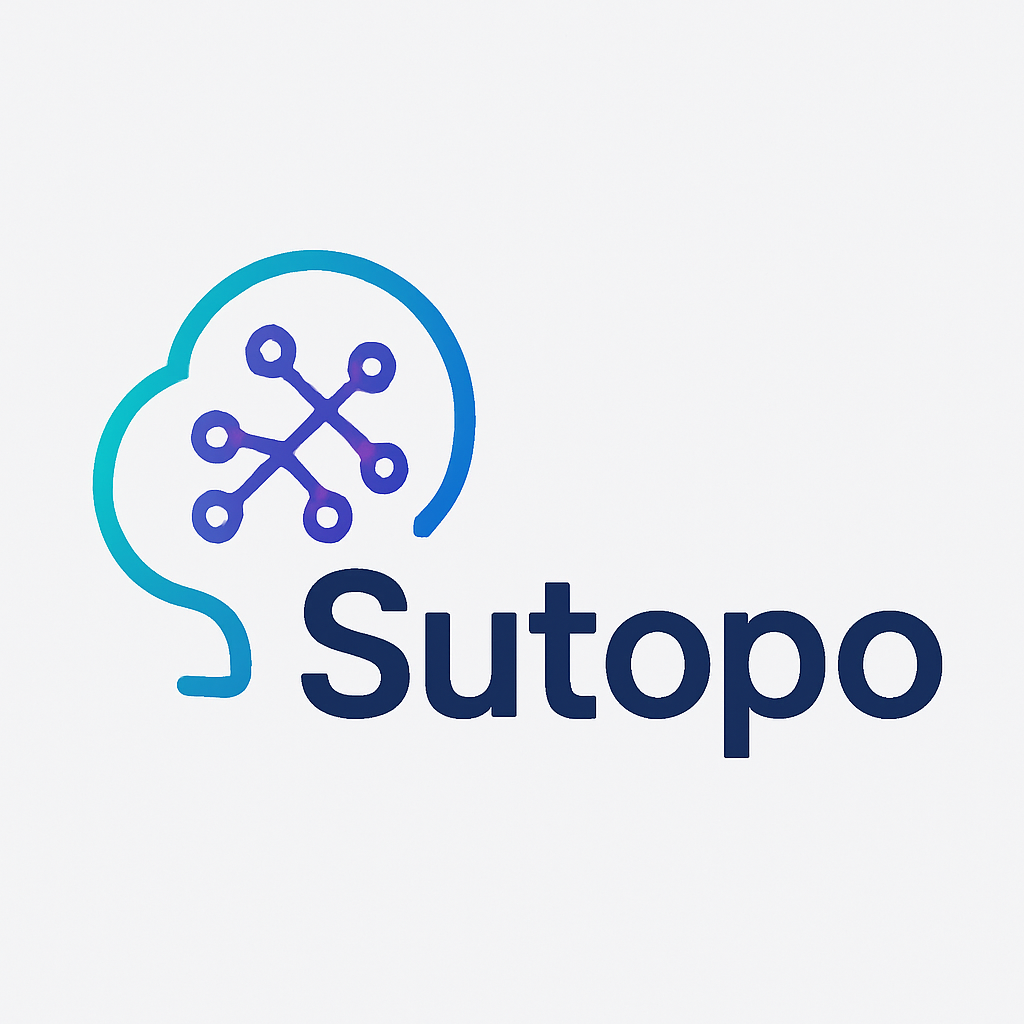
The Rise of AI Agents: Revolutionizing the Way We Interact with Technology
Artificial Intelligence (AI) has enticed the scientific and research community for over half a century in the attempt to create intelligent agents with the ability for mechatonics, learning, and problem solving, which is similar to what humans do, etc. One of the biggest advances in AI is the development of AI agents a software that autonomously drinks drugs, administered to people that previously could not ingest, solve problems and behave without human intervention. In this paper, we are asking ourselves the questions of ” which “, ” how ” and ” why ” in the field of AI agents, what are they used for, why good or bad have they been, and to what extent they constitute and threat to life.
What are AI Agents?
AI agents are programs in which AI and machine learning algorithms are used to perform a specific task, such as data analysis, decision making, or troubleshooting. They could be configured to take part in a range of environments (for example real world, virtual environments, or online). AI agent can be categorized into different types, including:
- Simple Reflex Agents: Such agents operate only on the structure of the current environment state, not on the effects of the future. They are extensively applied in applications, e.g., control of thermostats, management of traffic, etc.
- Model-Based Reflex Agents: Development of an environmental model of the surrounding world and its involvement in decision making is also supported by these agents. They are used frequently in robotics and autonomous driving (such as).
- Goal-Based Agents: In such agents there are tasks and planning and decision making is employed to execute the tasks. They have achieved success, in particular for problems of scheduling and resource allocation.
- Utility-Based Agents: Such agents make decisions through the use of a utility function, which assigns a “good” or “bad” value to every action. They are widely used to applications systems such as recommender system or game playing.
- Learning Agents: These agents are trained through experience and react to changing environments. Computer vision applications, and natural language processing, etc., have been applied extensively.

Applications of AI Agents
AI agents are being deployed on many applications within many domains, including:.
- Virtual Assistants: Artificial intelligence (AI) agents are incorporated into virtual assistants (e.g., Siri, Alexa, Google Assistant) to execute user actions, including time management (appointment scheduling), communication (message sending), or phone call.
- Customer Service: Agents have been applied to customer service chatbots for 24 hours a day support, answering customer questions and troubleshooting problems.
- Healthcare: AI agents are applied in medicine for, inter alia, prospective disease risk stratification, individualization of therapy, and health monitoring of patients.
- Finance: AI agent in finance are used for the analysis of the trend in the market, the making of investment decisions and the detection of fraud, e.g.
- Transportation: AI agents, e.g., cars, are being used to autonomously drive on the roads, to avoid obstacles, and to control traffic dynamics.
Benefits of AI Agents
The use of AI agents has numerous benefits, including:
- Increased Efficiency: AI agents can carry out these jobs much faster and more accurately than humans and thus have a positive effect on productivity and efficiency.
- Improved Decision-Making: AI agents can process huge volumes of data, perform pattern recognition, and take decisions contributing to avoiding human errors.
- Enhanced Customer Experience: In terms of personalized services, AI agents are able to answer the request of a customer and to defuse the problem in a short and effective way.
- Cost Savings: AI agents are capable of maximizing the use of resources and reducing labor cost.
- Scalability: AI agents can handle large volumes of data in parallel while performing a number of tasks and it seems to represent a promising solution to scalable applications.
Risks and Challenges
Despite the advantage, there are some risks and problems associated with using AI agents, including:yet.
- Job Displacement: The use of AI agents is on the rise, and there is the risk of it resulting in job displacement (as a consequence of replacement with devices and algorithms of human tasks).
- Bias and Discrimination: AI agents may propagate bias and discrimination if they are trained with biased data or characterized with a particular world view.
- Security Risks: Cyber attacks may render AI agents defenseless against attack and confidential data leakages as well as failure of critical systems.
- Lack of Transparency: The agents can be transparent/explainable/not transparent, and hence there exists a scenario where the phenomenon of lack of trust and accountability exists.
- Dependence on Data Quality: AI agents regress as much as or even more during training and poor quality data can lead to incorrect or prejudiced decisions (e.g.
Future of AI Agents
Artificialintelligence(AI)agentsarecloseat hand and a growth field that gets bigger and bigger: The following.
- Edge AI: An ensemble of artificial intelligence (AI) agents and edge computing for real-time network functionalization and decision making on the network edge.
- Explainable AI: The creation of explainable and interpretable artificial intelligence agents that raise trust and liability.
- Human-AI Collaboration: Building cooperative AI agents with humans for enhancing productivity and decision making.
- Autonomous Systems: The development and utilisation of autonomous systems without human supervision (i.e. The system is able to learn to introspect, to think through and to choose a course of action on its own, without any human guidance).
- Cognitive Architectures: Cognitive architectures for the construction of intelligent agents that can learn, reason and adapt within an unstructured environment.
Conclusion
AI agents are changing how we use technology, offering efficient, effective, and customized services in a wide array of sectors. There is, however, also a risk and challenge for their tool, but there is no question that the advantage of AI agents is evident. Together with the ongoing growth of the AI field, we are expecting to see significant advances made in the field, for example, in edge AI, explainable AI, etc. In the end, the destiny of AI agents will essentially depend on our ability to conceive and realise open source, transparent and accountable systems that are consonant with human values. By achieving the realization to the potentiality of AI agents, we could be on the brink of a new era in which technology also provides genuine value to human lives, boosts production, and fosters innovation.
Recommendations
To exploit a complete potential of AI agents, we propose: .
Action is required by government and other agencies to provide support for AI research and development, not just to propel the field forward, but also to address practical issues related to AI agents.
- Developing Explainable AI: There is also an urgent need for work on transparent, accountable decision making to support the development of explainable artificial intelligence and such should be at the top of both researchers’ and developers’ agenda.
- Establishing Ethics and Guidelines: Ethics and the rules are one of the most important considerations for the design and implementation of AI agents in the government and in the organization itself, and they should be in a position to incorporate human values and principles.
- Promoting Human-AI Collaboration: We feel that the most successful approach to achieving assistants’ capacity to perform tasks seamlessly with humans is to create systems that increase efficiency and assist decision making in order to minimize the risk of job displacement.
- Providing Education and Training: Based on this, we propose the elaboration and dissemination of teaching and training schemes with the goal of allowing workers to acquire the ability to use AI agents in order to react to the change of the labour market.
We can realize the full potential of AI agents by following these recommendations, and ensure that human life is enhanced, human productivity is maximized, and human innovation is unleashed.
